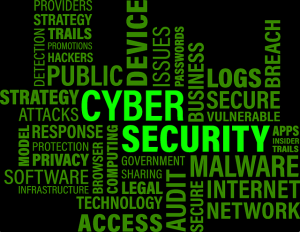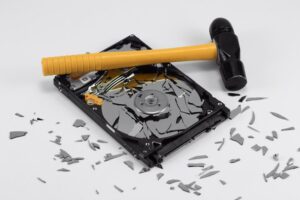Impact of IoT Technology on Education in 2020

Internet of Things (IoT) is a disruptive technology that has left a mark across all digital industries and beyond. IoT had especially interesting implications in education. The modern classroom is a playground for gadgets and devices, so it makes sense to incorporate a technology that will give a link of connectivity to it all.
However, many educators and education experts are still not aware of the full potential of this technology in the classroom. Namely, IoT progresses year after year – and we can expect even bigger leaps with the expansion of 5G technology. In this article, we are discussing some of the most exciting things we have witnessed in education when it comes to IoT technology.
- Money-saving for schools
Each school can save a great deal of money by introduction IoT technology. On the one hand, this type of technology provides an optimized organization of all systems and equipment in the same building.
The linking of different devices and gadgets within the school would allow for more cutbacks and avoiding unnecessary tech expenses. Maya Geller, a writer at TrustMyPaper and BestEssaysEducation, said that many school decision-makers believe IoT technology is costly. However, as many college campuses prove, the benefits of IoT far outweigh the costs.
- Interactive learning opportunities
In these times, the impact of IoT technology continues to change the way students and teachers perform. In turn, this is because it is a process that offers excellent benefits. One of the main benefits we can mention is interactive learning.
In this case, the old technologies such as traditional books are being replaced by others. New textbooks include a QR code. In this way, students have access to a great deal of additional and very useful content. So interactive learning offers a broader perspective for students and teachers.
- Security and safety of teachers and children
Moreover, the protection and security of teachers and students are increasingly optimized with the introduction of IoT. Thanks to IoT technology, it is possible to identify particular emergencies from pre-recorded announcements. Therefore, each educational authority can act more quickly and avoid serious results from a given emergency.
- Closer connections to parents
Parents also have the peace of mind of knowing in real time the itinerary and activities of their children. One of the features of this is the punctuality and attendance reports, which are generated by the administration and the parents. Melanie Sovann, a writer in the Education Department at SupremeDissertations and ClassyEssay, said that IoT has enabled increased connections between parents, students, and teachers. Parents are no longer passive observers of the teaching process, but can directly find out anything they want to know about their children.
- Benefits for disabled students
Students who suffer some kind of disability also benefit from these technologies. IoT and 5G technologies enable teachers and educators to facilitate easier use of technology, which can benefit their learning process and interaction with their learning environment.
Thus, those who have one or more barriers to learning can also use a large number of tools. One of them is a pair of gloves. The purpose of these gloves is, therefore, to translate sign language into verbal sound. This is just one example, but there are many other IoT gadgets and devices being designed to help disabled persons.
- Changes in higher education
Not all levels of education have received the same impact from Internet technology. On the contrary, the most beneficial results are found in higher education. Here, both students and teachers have benefited greatly.
As we have already mentioned, in this case, students also have greater freedom to perform a large number of tasks. In turn, as the technology of the educational institution increases, students are better organized.
An example of this is that each student can properly adjust the bus schedule needed to get to college. On the other hand, teachers have more tools to optimize their work in quality and quantity.
Together with these tools, teachers can monitor and grade each student. Also, by having devices that are synchronized with a cloud, professors can provide better service. The result is more accurate curricula and a higher probability of student success.
- The rise of interactive whiteboards (Smartboards)
In these times, it is possible to find more and more companies that are dedicated to developing certain applications. One of the first examples is probably Smart. In 1991, the interactive whiteboard was introduced, which teachers could use. In this case, it was an excellent implement that effectively replaced dust and classic whiteboards.
Of course, over time, it was not the only company that dedicated itself to this type of accessory exclusively for educational institutions. In this same area, there were also other types of slates, equally suitable to the smartboard. One of the main examples has been wireless whiteboard. Today, this technology is used across many classrooms all over the Western world.
Conclusion: What can we expect in the future?
Just as technology advances every day, there are also more and more applications in all areas of life. Some technologies are close to being massively used. Some of these are 5G networks, automated learning, or smart speakers.
Each of these tools allows and will continue to allow better functioning of educational institutions, as well as other areas. In the same way, every workplace and home will benefit greatly. That is why we can expect a better quality of education for the coming years.
In the same way, IoT technologies allow a much more fluid connection between the electronic devices that exist today.
Bio
Marques Coleman is a professional research paper writer at GrabMyEssay and TopEssayWriting. She’s an educator and is constantly striving to improve her teaching skills through seminars and workshops. Diana is particularly interested in the influence of modern technology on the traditional classroom. She has made contributions in education journals on how we can keep some of the benefits of the traditional classroom while it’s “in with the new”.






